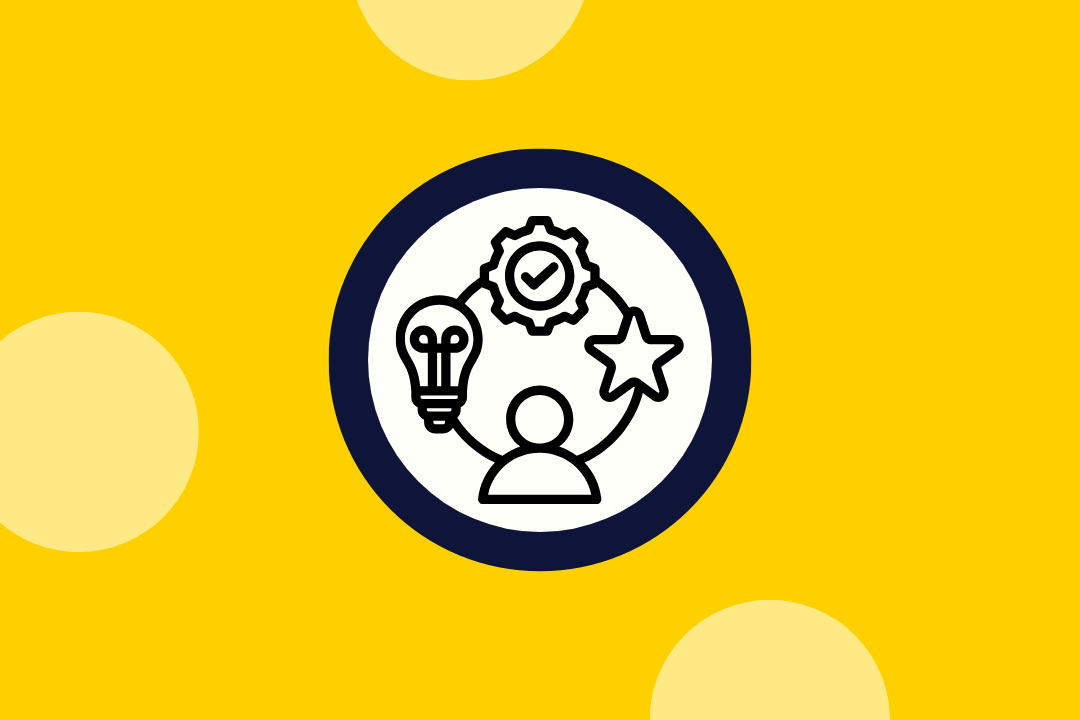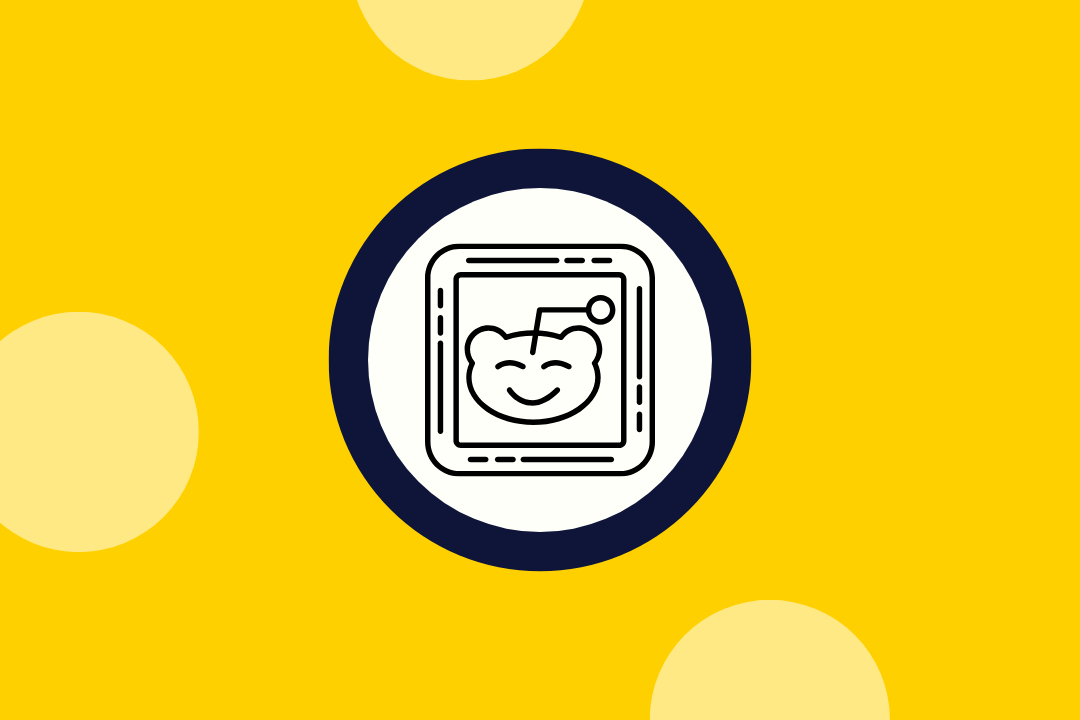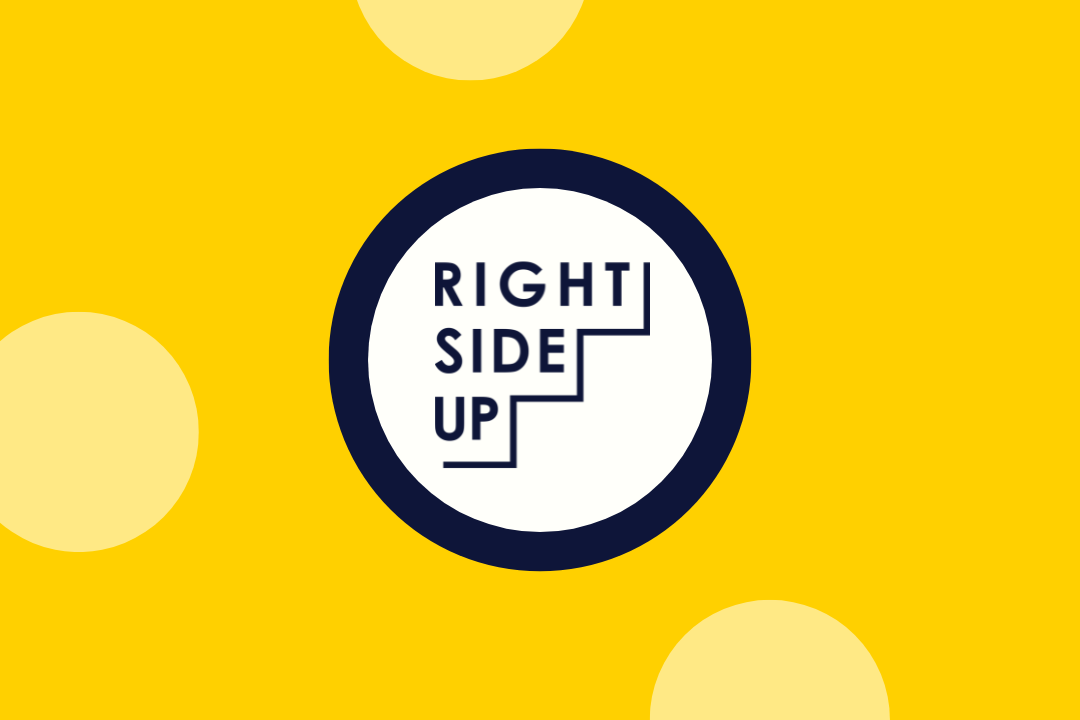A Tactical Guide to Create High-Converting Landing Pages
Published
March 7, 2024
Updated

Have you ever found yourself in a situation where your ads have killer click-through rates, but you're still not seeing conversions? For some reason, your landing page isn't encouraging your audience to take action.
But why? The digital landscape is increasingly competitive, making high-converting landing pages more important than ever for businesses across all sectors. Whether your focus is B2B or B2C, a well-constructed landing page can be the difference between a successful campaign and a missed opportunity.
In this guide, we'll explore the essential elements of high-conversion landing pages, provide real-world examples, and discuss when to use custom landing pages. We'll also touch upon popular tools for creating and testing these pages, ensuring your marketing efforts yield the best possible return on investment.
Understanding High-Converting Landing Pages
The most effective landing pages are those that deeply resonate with their target audience. A successful landing page should:
- Address core buyer decision questions (BDQs)
- Differentiate your product from competitors
- Have clear headlines, CTAs, and easily digestible content
- Provide social proof or testimonials
Address core buyer decision questions
An effective landing page directly answers the primary concerns and needs of your audience in a way that’s accessible and easy to understand. The information should be arranged in a hierarchy that prioritizes the most important details first with supporting facts and features included throughout. Depending on your product, brand, or industry, your landing page might focus on specific features, accessibility, cost, or user experience.

In this example, the headline and subheadline immediately address the main reason why the audience would consider getting a new controller. By being upfront in the headline about what the product offers, the landing page instantly captures the visitor's interest, encouraging them to read on. This strategy effectively engages the audience, guiding them to explore the '5 reasons why' listed below, directly addressing their BDQs.
Differentiate your offering
It’s important to clearly articulate how your product or service stands out from your competitors. Just having a better offering isn’t enough—you have to quickly and effectively show why it’s better. You might consider comparing it directly to a competitor's product or ingredient for contrast if you’re selling a healthier, more effective, or even more environmentally friendly alternative. Make sure that potential customers can easily see why you are a better choice than anything else they may be considering.

This example skillfully highlights your product's advantages over traditional options, emphasizing the need to showcase its superiority. Direct comparisons with competitors can vividly demonstrate why your offering is the better choice, making it straightforward for potential customers to understand its unique benefits saving their time and effort.
Highlight your benefits with a focused headline
Your headline is the first thing people read when visiting your landing page—so make it count. Use headlines that are direct and highlight the benefits that will best resonate with your audience. Consider adding numbers for a sense of quantity and a value proposition to express quality.

This example from Rent the Runway masterfully integrates three key elements: quantity, quality, and frequency, providing a comprehensive answer to the questions of how much, what, and how often. Incorporating numbers adds a tangible sense of quantity, while a value proposition conveys quality, making it a powerful approach to communicating the distinct advantages of your product.
Present a clear call to action
Ensure your calls to action are visible and persuasive. Your potential customer should be able to easily understand how to take the next step along the buying journey. In addition to being compelling, your CTA has to be cohesive with the headline or copy above it. That makes for a better flow and improved user experience. Test using buttons and other dynamic elements to draw attention to your CTA.

This example displays a personalized CTA, clear and specific to the main product differentiator: the price. Instead of going for a traditional “Buy Now”, you can test different approaches to be the most direct you can with the thing that leads to the specific action you want the users to take.
Use scannable content
Adopt a content layout that's easy to read and navigate. Use charts, graphs, and design elements to display valuable information in an intuitive and user-friendly way. You want people to understand the core messaging of your content without having to read through heavy blocks of text.

This example presents a chart that blends social proof, real data, and product comparisons effectively. Using colors, numbers, and logos adds credibility, offering a compelling reason to select the product. It embodies the principle of creating a clear, navigable content layout, where visual elements like charts and graphs convey essential information intuitively, making the core message instantly understandable without dense text.
Include social proof
You can make the case for why your product or service is the right choice, but social proof from real users or publications is a powerful tool for helping potential customers make a purchasing decision. Incorporate elements like customer testimonials, ratings, press mentions, and real stats. And if you have them all, streamline that information into one block to tell a convincing story in a single section of your landing page.

This example skillfully merges various types of social proof to craft an authoritative and persuasive narrative. Individually, each piece of social proof is significant, but when combined, they form a more compelling and convincing argument. By consolidating these elements into a unified section on your landing page, you can tell a cohesive story that significantly influences potential customers' purchasing decisions.
Strategizing for Variations and Testing
Once your landing page is live, be sure to measure the results to inform testing and iteration for future versions. Continuously test different elements, from headlines to CTAs, to optimize performance. Resources like Google Analytics and heat mapping tools like Hotjar can help you gather the insights you need to make this an effective process.
After you see the results you want from your optimized landing page, use it as a template for other products or campaigns to get closer to that optimal conversion rate. Just remember—as you scale, it’s important to maintain a consistent brand message across all your products and services.
Tools for Landing Page Creation and Testing
There are many options out there for building your ideal landing page, from free or low-cost options with simple features to paid, fully customizable platforms capable of handling an enterprise workload. Deciding which one is right for you will depend on your budget, technical capabilities, and business size. Here are a few worth checking out:
- WordPress: A versatile platform suitable for various design needs.
- Unbounce and Leadpages: Ideal for A/B testing and user-friendly page creation.
- Wix: Offers an intuitive drag-and-drop interface for those with limited design experience.
When picking a platform, be sure you have the appropriate in-house capabilities needed to design, measure, and optimize your landing pages.
Conclusion
Crafting a high-conversion landing page is a dynamic process that blends creativity with strategic testing and iteration. By understanding your audience, refining your messaging, and utilizing effective design tools, you can create landing pages that not only look appealing but also consistently convert visitors into customers. And remember, regular testing and adaptation are key to staying ahead in the ever-changing digital marketplace.
At Right Side Up, we specialize in performance marketing, including developing ad creative and landing pages with a high likelihood of conversion. Contact us today to learn how our pool of A+ talent can help you optimize your campaigns and landing pages to increase conversions.
.webp)
.webp)
.webp)
.webp)
.webp)
.webp)
.svg)
.svg)
.svg)
.png)


.png)







.png)

.webp)
.webp)
.webp)
.webp)
.webp)
.webp)